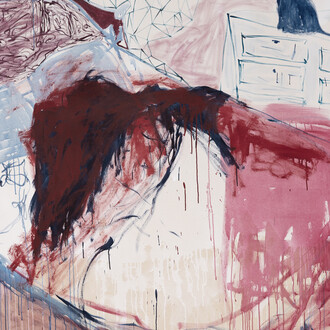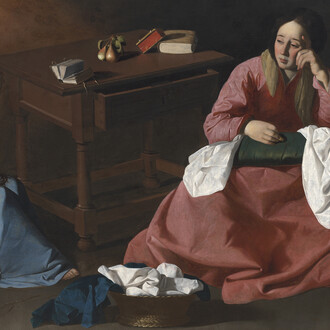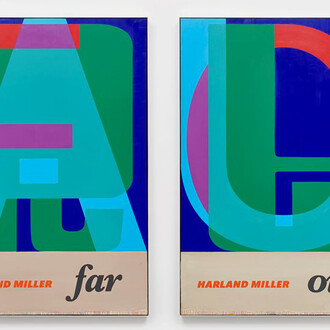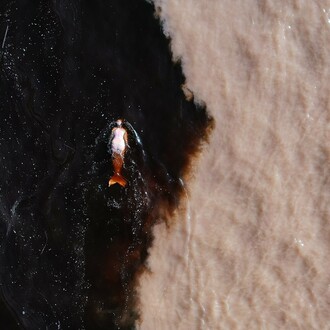Pi Artworks London is pleased to announce Eyes in downpour, a long-awaited solo exhibition by internationally celebrated artist Osman Dinç (on view from 22 May to 13 June 2025).
The exhibition also marks Pi Artworks' 12th anniversary as a prominent gallery in Fitzrovia—an occasion significant for both gallerist Jade Turanli and the artist, who have enjoyed decades of collaboration together. Eyes in downpour gathers a profound and poignant collection of the artist’s most influential works, curated carefully and lovingly by the artist and gallerist themselves, from private collectors to the vaults of his various studios and archives. In this contemplative solo exhibition, pondering material, time, and memory, Osman Dinç presents a cornucopia of sculptural forms shaped by gravity, balance, and elemental resonance—an environment in which the entire body, rather than the eye alone, becomes the conduit of perception.
Positioned at the crossroads of Arte Povera and Minimalism, Dinç approaches sculpture as a spatial and philosophical inquiry. His works—crafted from iron, glass, lead, and steel—draw their strength not only from material presence but from the silent stories embedded within each element. For Dinç, materials are living archives. Iron, in particular, carries deep resonance: it courses through our blood, lies at the Earth's core, and lingers in the dust of ancient stars. “Iron—the elementary metal," he notes, “is one of the most enduring elements in the universe." In Eyes in downpour, these materials do not merely form objects—they speak of construction and deconstruction, of forgotten collective memories, and of our place in an unfolding cosmic ‘drama.’
The sculptures evoke instruments, observatories, and anchors; they channel the experience of being immersed in a vast and ongoing exchange between matter and meaning. The exhibition title gestures toward a state of alchemic saturation—a world where objects and beings emerge from molecules and, in turn, become nature. As we gaze outward, the universe gazes back. This reciprocal relationship is at the heart of Dinç’s practice: a sculptural archaeology that honors both the ancient and the stoic, the seen and the sensed. Here, stillness becomes a force, material becomes memory, and sculpture becomes a point of alignment between the terrestrial and the celestial.















